Key Features:
1. 5-Inch Display Screen
- Compact Size: A 5-inch display is small and compact, making it ideal for drivers who want a backup camera system that doesn’t take up too much space on the dashboard or rearview mirror.
- Clear and Sharp Image: The display provides a clear and sharp video feed, allowing drivers to easily see objects behind their vehicle when reversing, even in low-light conditions.
2. Universal Compatibility
- Wide Vehicle Fit: The rearview camera is designed to work with a wide range of vehicle models, including cars, trucks, vans, and SUVs. It’s usually compatible with both 12V and 24V vehicles.
- Plug-and-Play: The system often comes with easy-to-install wiring harnesses and adapters, making it simple to integrate with the car’s existing electrical system, especially for DIY installations.
3. High-Definition Camera
- Resolution: The camera typically offers HD (720p) or sometimes Full HD (1080p) resolution, providing a crisp, clear video feed for enhanced visibility when reversing.
- Wide-Angle Lens: The camera features a wide-angle lens (typically around 120-170 degrees) to capture a broad view of the area behind the vehicle, reducing blind spots and enhancing safety.
4. Night Vision/Infrared Capability
- Low-Light Performance: Most rearview cameras come equipped with infrared (IR) LEDs or night vision technology, allowing them to provide a clear image even in low-light or nighttime conditions.
- Improved Visibility: This feature ensures that drivers can safely reverse in dark environments, such as parking garages or poorly lit streets.
5. Waterproof & Durable Design
- IP68 Rating: The camera is usually waterproof and weatherproof with an IP68 rating, making it resistant to rain, snow, and dust. This ensures reliable performance in various weather conditions.
- Shockproof: The camera is designed to withstand vibrations and impacts, making it durable enough for use in all driving conditions.
6. Parking Guidelines
- Grid Lines: Many rearview cameras display dynamic or fixed parking guidelines (grid lines) on the screen, which help drivers judge the distance to objects and assist with parking and maneuvering in tight spaces.
- Adjustable Lines: Some systems allow drivers to adjust the position of the grid lines for more accurate parking assistance.
7. Easy Installation
- Mounting Options: The camera can be mounted either on the license plate frame, above the rear bumper, or at other suitable locations on the rear of the vehicle. It usually comes with a mounting bracket and screws for easy installation.
- Wiring: The wiring is typically straightforward, with video and power cables that can be connected to the display and vehicle’s reverse light circuit. Some systems are designed for quick DIY installation, while others may require professional help for more complex setups.
8. Wide Voltage Range
- Adaptable to Different Vehicles: The system typically works within a wide voltage range (12V to 24V), making it compatible with most vehicles, including standard passenger cars and larger trucks or commercial vehicles.
9. Auto Power-On and Reverse Trigger
- Automatic Activation: The rearview camera system is generally designed to turn on automatically when the vehicle is shifted into reverse. The display shows the live feed from the camera without any additional input from the driver.
- Reverse Trigger: The system can be triggered by the vehicle’s reverse lights, ensuring the camera only activates when the vehicle is in reverse gear.
10. Multiple Display Options
- Mounting Flexibility: The 5-inch display may be mounted on the dashboard, the rearview mirror, or other locations that provide clear visibility. Some systems also support external monitors that can be used in larger vehicles like trucks.
- Monitor Types: The monitor can be a standalone unit or a part of a more extensive infotainment system, depending on the model.
11. Additional Features (Optional)
- Wide Viewing Angle: The camera may offer a wider viewing angle (120° to 170°), improving the driver’s field of vision when reversing.
- Adjustable Brightness: Some systems allow users to adjust the brightness, contrast, and color settings of the display for optimal visibility.
- Anti-glare Coating: Some displays come with anti-glare coatings to reduce reflection and improve visibility in bright sunlight.


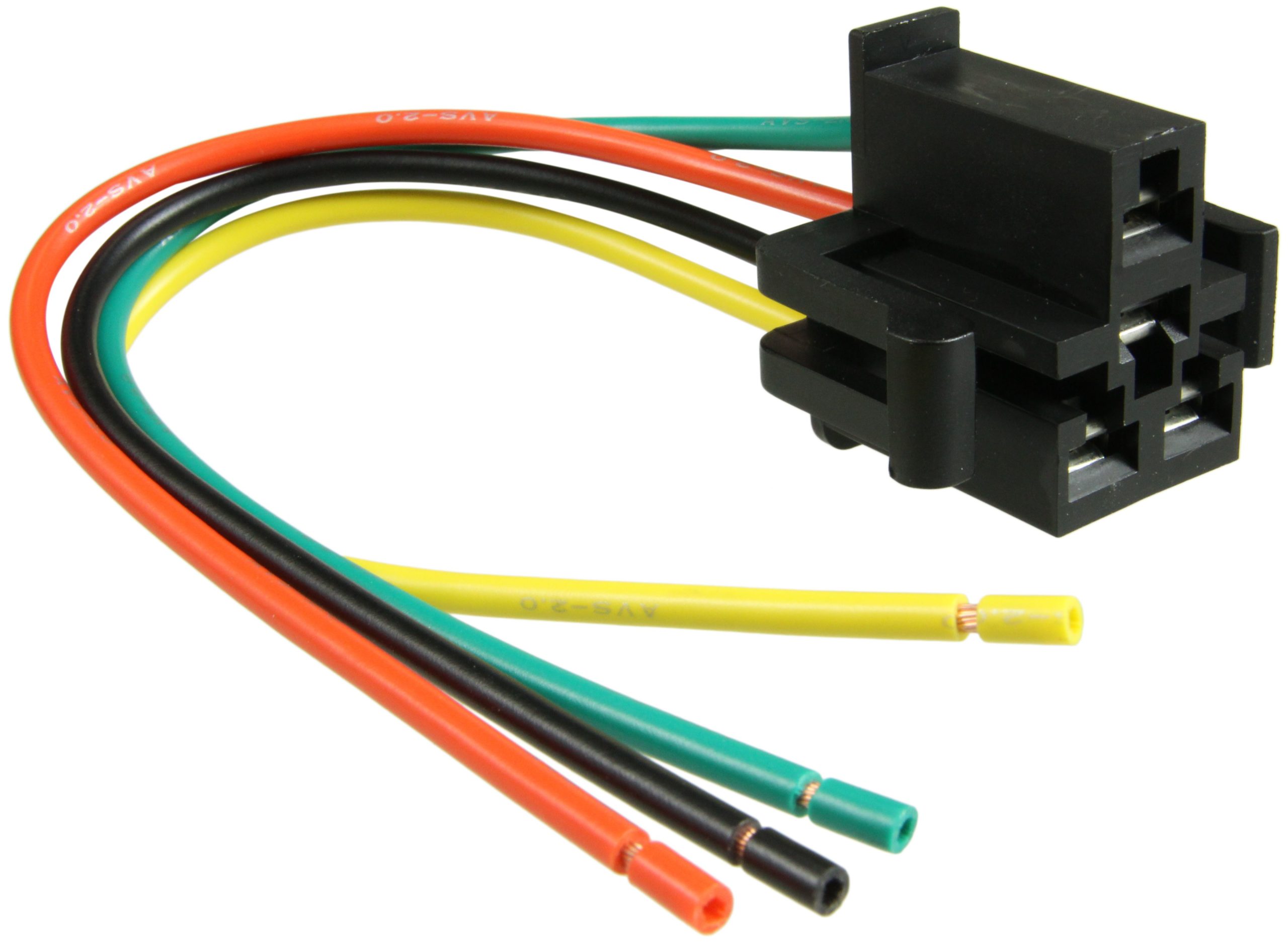
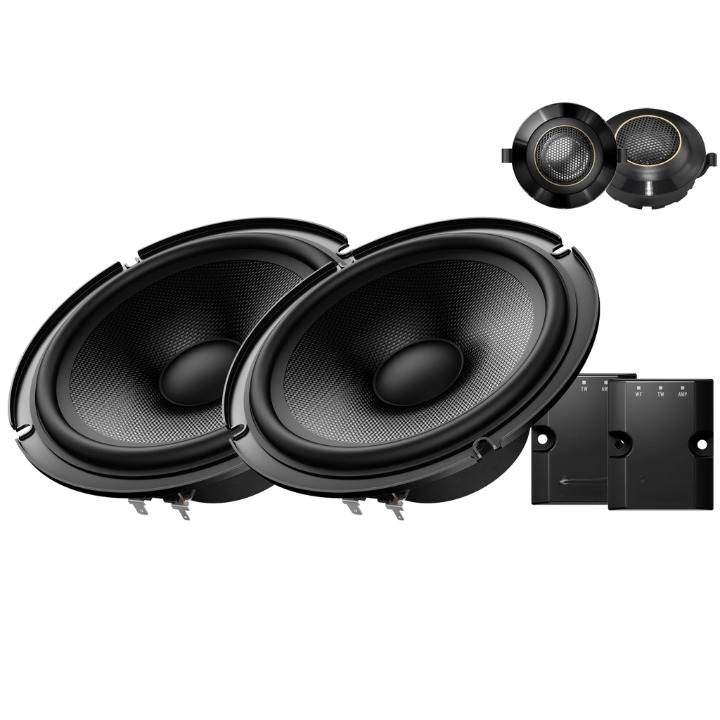
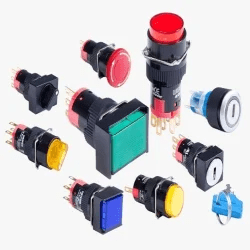
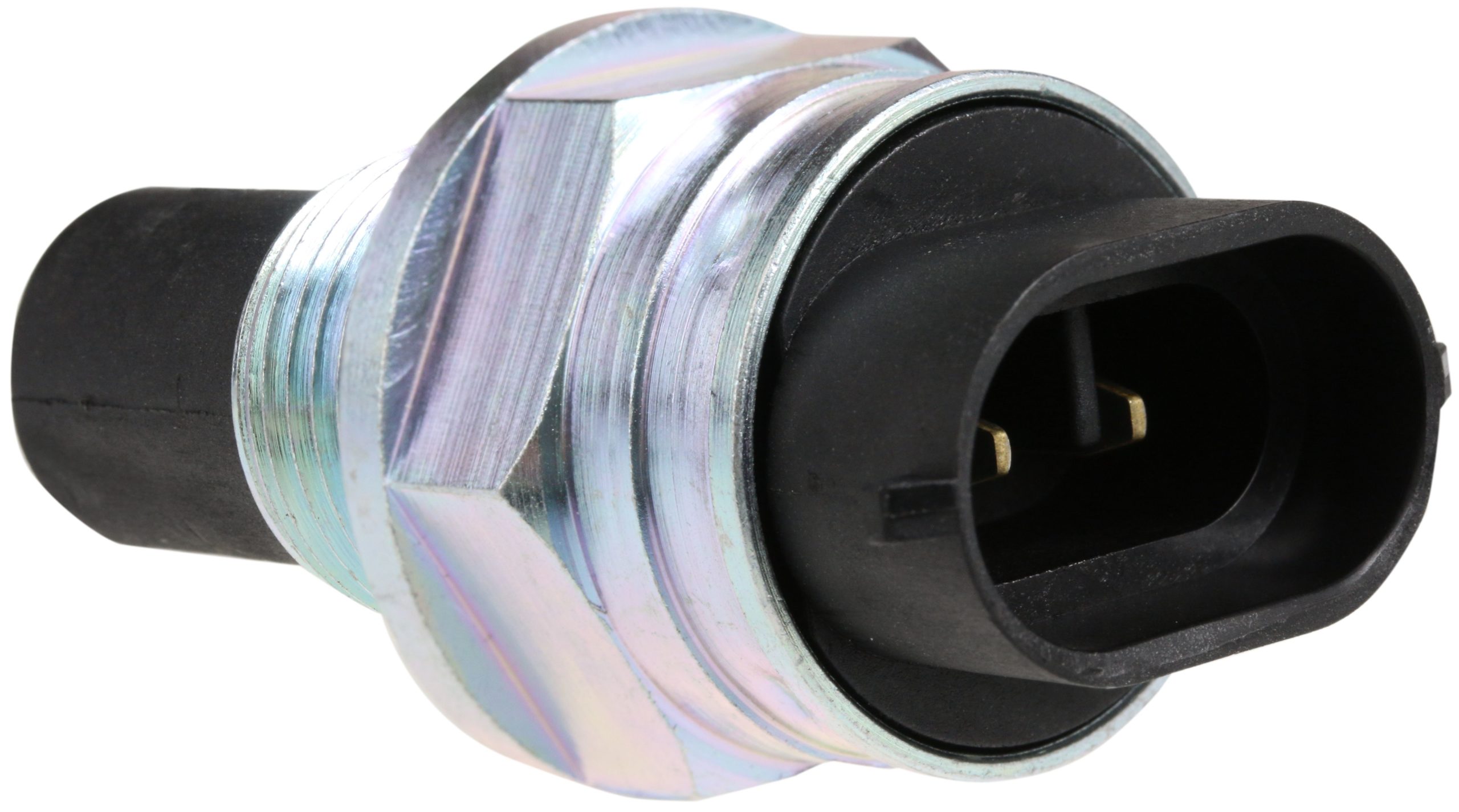
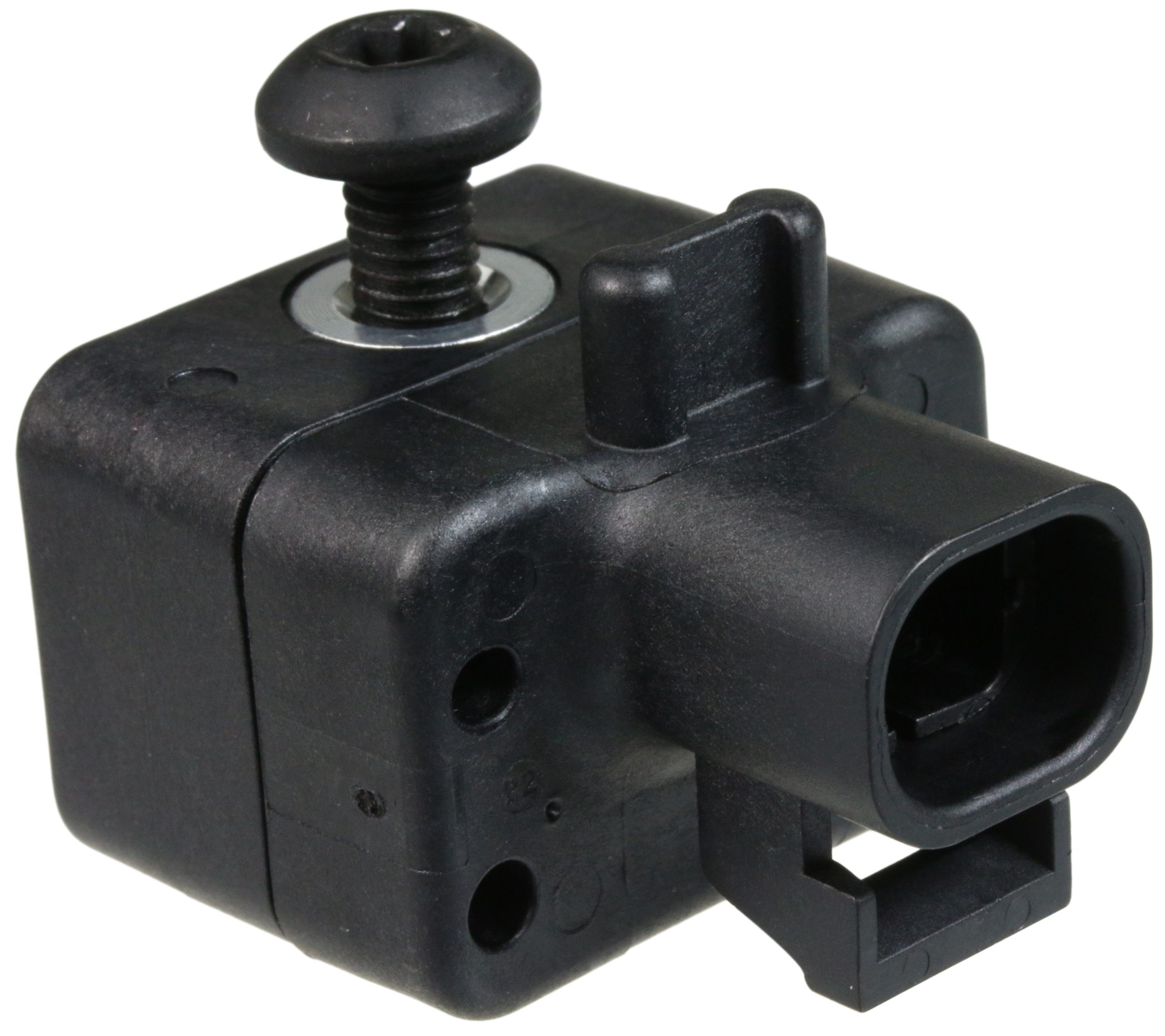
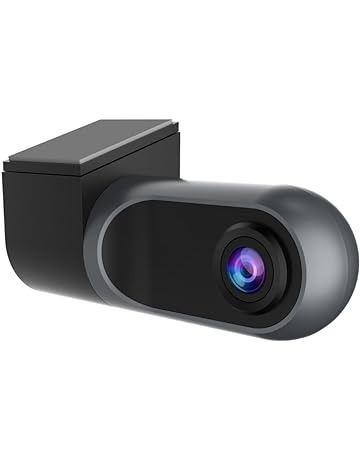
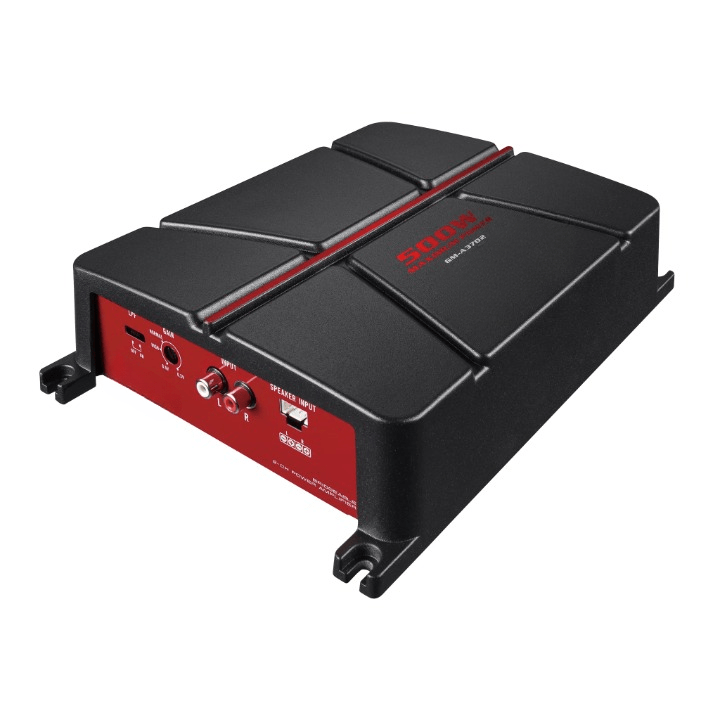
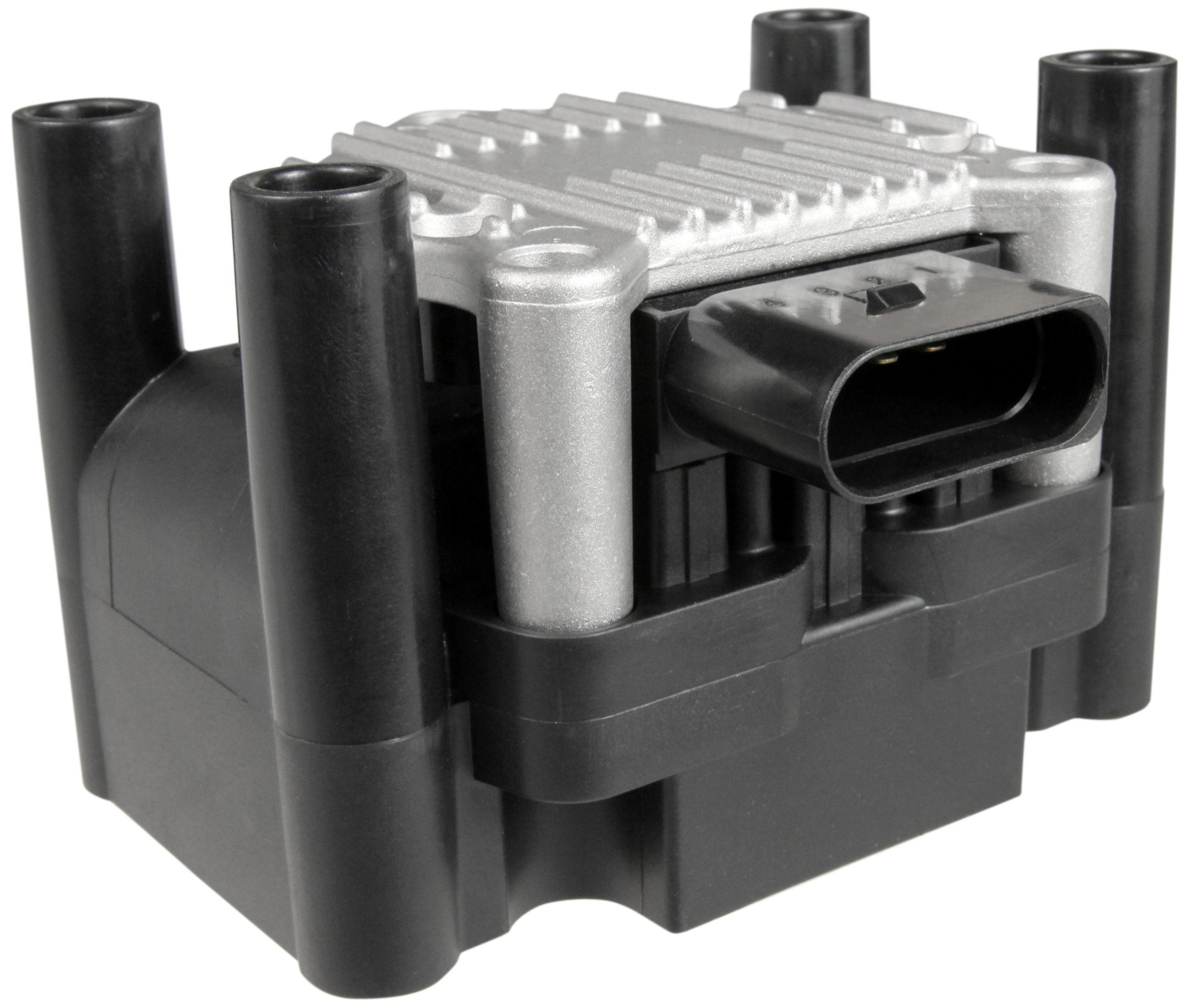
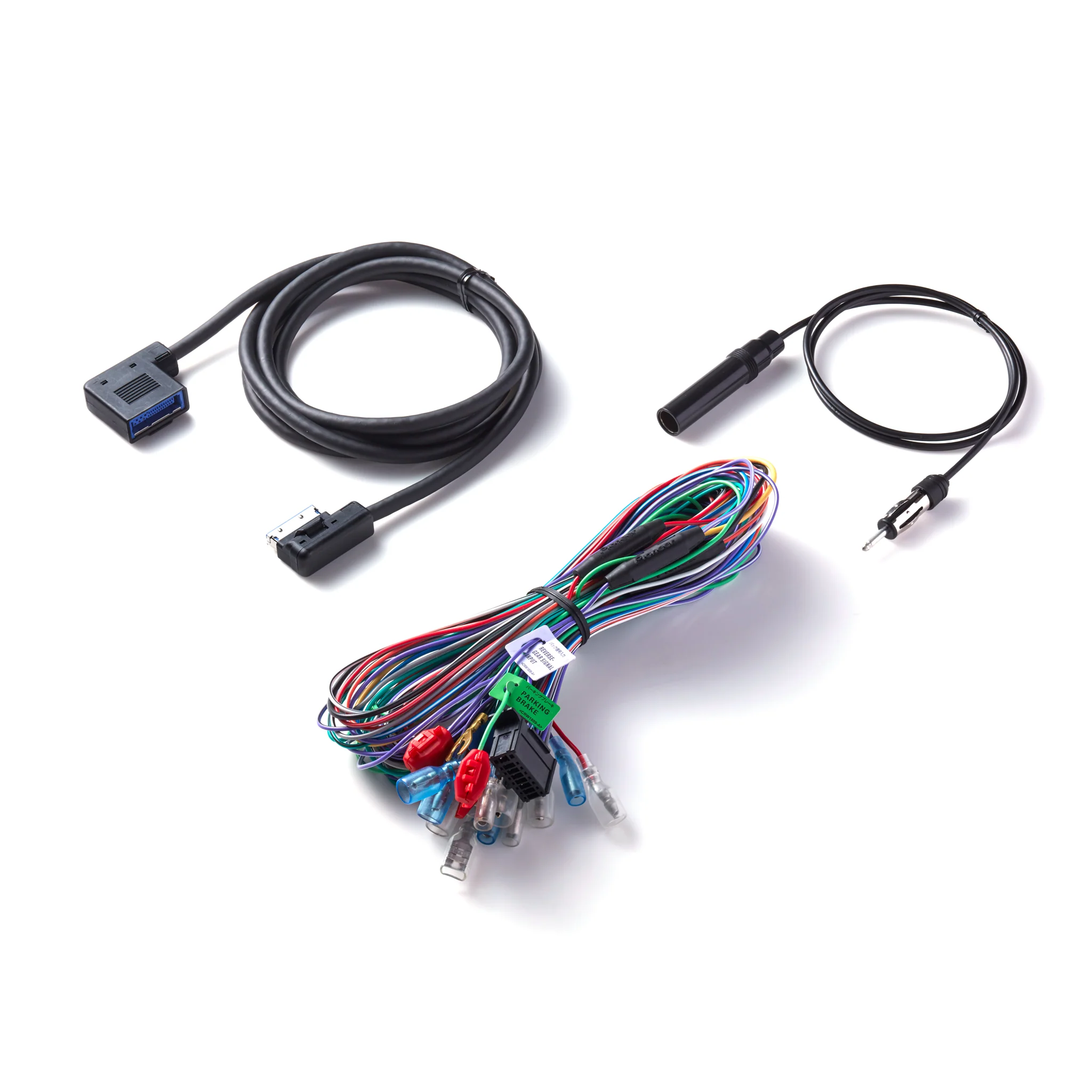
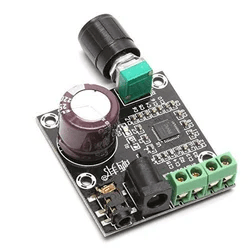

There are no reviews yet.